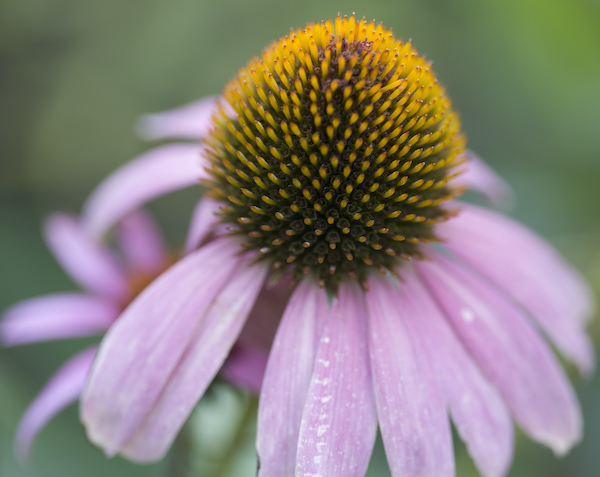Shooting without the Three T’s
In many of my postings, I have strongly advocated using a tripod. For macro shots in particular, the tripod helps to fix the distance between the subject and the camera, allowing you to focus once and not worry about it — especially valuable since I almost always manually focus my macro shots. The tripod also holds the camera still during longer exposures, allowing you to use smaller apertures which gives you greater depth-of-field. In short, a tripod is an extremely beneficial tool. Let’s say that a tripod is the first ‘T’.
There are times, however, when it is impractical or inconvenient to use a tripod — it is either too much bulk, or it slows you down too much, or its use is not permitted. In such situations, you don’t have to put the camera away; good photos are still possible, especially when applying the second and third T’s.
Hand-holding slow shutter speeds can be helped with Technique and Technology, the second and third T’s. Good technique includes (1) anchoring yourself so that you minimize your own movement (sitting down, leaning against a rigid object, etc.), (2) holding the camera with the left hand under the lens to support the weight, with the right hand steadying the camera, and both elbows tucked into your chest, (3) activating the shutter just after you begin a slow exhale, and (4) gently squeezing the shutter button (instead of “punching” it). If you’re really in tune with how your body works, try timing the exposure to also occur right between heart beats. Useful technology includes (1) auto-focus (especially continuously adjusting auto-focus) to react to your movements or the movements of your subject, and (2) image-stabilization — a feature built-in to many lenses (and even some cameras) which compensates for camera movement (your movement, not the movement of the subject), allowing you to shoot hand-held at surprisingly slow shutter speeds.
The image shown above beats the odds. It was captured, hand-held, using a 100mm (non-image-stabilized) macro lens. The lens was wide open at f/2.8 (usually not where a lens performs its best), giving me a (still rather slow) shutter speed of 1/30s. I was standing, bent over (so I wasn’t well anchored), and the lens was manually focused. Consequently, only a small fraction of the overall subject is in reasonably sharp focus. I set my expectations low and was pleasantly surprised. Seemingly, I broke the rules and still ended up with a decent image.
The moral of this story is this: go ahead and shoot. While using a tripod may give you the best likelihood of success, and applying other techniques and technologies can help when a tripod isn’t being used, you can still achieve decent images in the absence of all three of the T’s. Your photos will not be the same as if you had employed a tripod, or good technique or useful technology, but you may be pleasantly surprised with what you get. Nowadays, with the economics of digital photography, the “film” is cheap, so go ahead and shoot; the shot not taken is certainly no better.

Tip of the Week
2007.12.10

